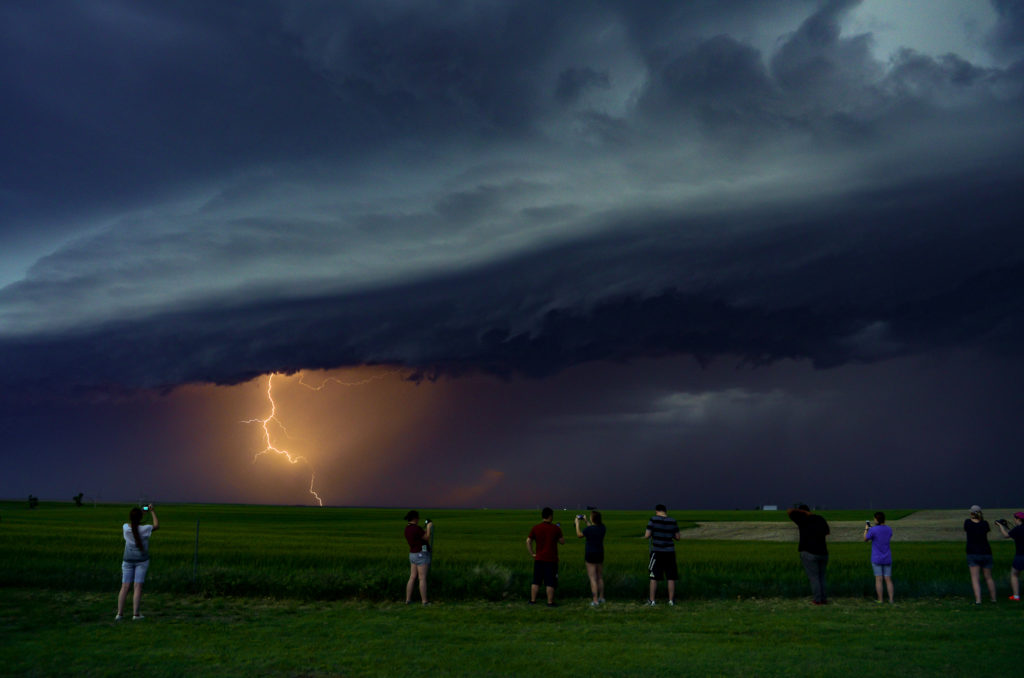
Mothership is not a term you’ll find in the weather glossary, but it is a term used by some to describe the appearance of a really menacing-looking thunderstorm. The mothership moniker comes from these storms’ uncanny resemblance to a well-known, large UFO from a movie.
Mother first!
The “mother of motherships” is the Mesoscale Convective System (MCS). An MCS is a collection or cluster of thunderstorms that has become organized. It is typically round in shape, large, possibly covering as much as several states and long-lasting (six or more hours). An MCS often gains its characteristics resulting from the merging of multiple squall lines. Where squall lines merge is no place for an airplane! I encourage you to look at the satellite view, and the water vapor and infrared images too.
You want to try the approach again?
The point to be made is that your pre- and in-flight decision-making should be greatly affected by your awareness and knowledge of an MCS. Said another way, your technical knowledge gives legitimacy when you articulate various flight-related decisions.
The size, scope and duration of an MCS may make circumnavigating it nearly impossible. There are few holes in a cluster of T-storms. Further, will you have enough fuel to hold for six hours? Finally, “letting it pass” takes on an entirely new meaning in the case of an MCS when compared to more typical, smaller scale convection. It is likely a case in which 20, 30 even 45 minutes is not enough time for a behemoth to pass.
Siblings of an MCS.
You can’t expect “mother” to be without her “children” and they are real brats too. While there are technical differences between this “mother” and her “children,” the implications to you and your aircraft are the same. Her children:


In Summary.
Be proactive. Expect the unexpected. The aspects that make an MCS a formidable opponent are its persistence, its size and its ability to endure. When dealing with such a titan, giving a very wide berth, being very deliberate and cautious is the best course of action — literally and figuratively. The better you know the conditions you face, the better your pre- and in-flight decisions will be. You can command the situation when you see it coming.
I am no expert, just another pilot with an opinion, but here are my suggestions for dealing with an MCS:
1) Don’t.
2) Know your threat.
3) Consider an early push if you are departing. Rally those troops. It could be worth it if you can get out safely ahead of it rather than waiting for it to consume the field.
4) Adjust your speed according to your position relative to its position.
a. Follow all SOP.
b. Brief your crew.
5) Communicate regularly with the people on the ground, dispatch and ATC to keep alternate plans at the ready.
6) Know what the MCS is doing. Situational awareness is key. In other words, if it’s close, remember Paul Revere! (The storm is coming! The storm is coming!)
ACN
























































































































